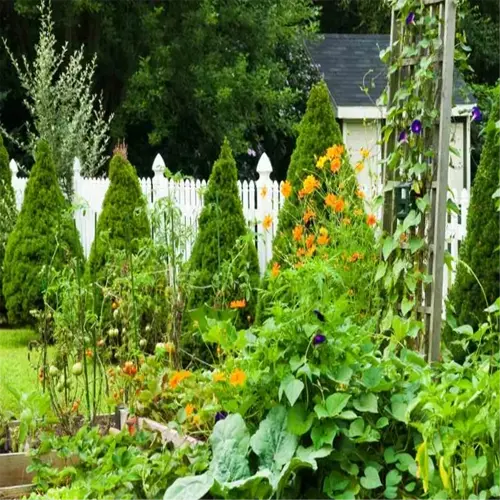Can proper watering techniques reverse early overwatering effects?

Written by
Paul Reynolds
Reviewed by
Prof. Charles Hartman, Ph.D.The effects of overwatering in the early stages can be reversed with intervention. The 'dry-back method' means to allow the soil to dry completely down to the depth of your root zone that had no oxygen before adding water again. This causes the roots to "search" for moisture and fortifies their strength and roots will stop rotting at a certain degree according to environmental factors. If you intervene, you can save 80 - 90% of the root system if you intervene within 72 hours.
Dry-Back Protocol
- Test soil moisture at 2" depth daily
- Withhold water until meter reads 'dry'
- Aerate compacted soil with chopstick
- Prune mushy roots during dry phase
Soil Amendments
- Mix 25% perlite into existing soil
- Add mycorrhizal fungi powder to roots
- Top-dress with gravel for evaporation
- Use terra cotta pots for moisture wicking
Light Optimization
- Increase brightness by 20% weekly
- Avoid direct sun during recovery
- Use full-spectrum LEDs 12 hours daily
- Rotate plants for even exposure
A client's monstera was displaying early symptoms of distress from overwatering, specifically yellow leaves on the lower portions of the plant. Following strict dry-back intervals and the introduction of mycorrhizae into the soil, new feeder roots began to appear in just 18 days. Although some rooting injury occurred, this plant resumed health: by week six, the monstera had grown two more leaves.
Prevent relapses by keeping track of moisture. While you are using finger tests, add an analog meter, the combination will ensure reliable accuracy and avoids misreads. Adjust your watering schedule according to season: for example, most plants require 40% less water during winter months. Record your progress in a plant health journal so you can continue to hone your skills and methods.
Read the full article: 7 Key Signs of Overwatering Plants to Spot Early

